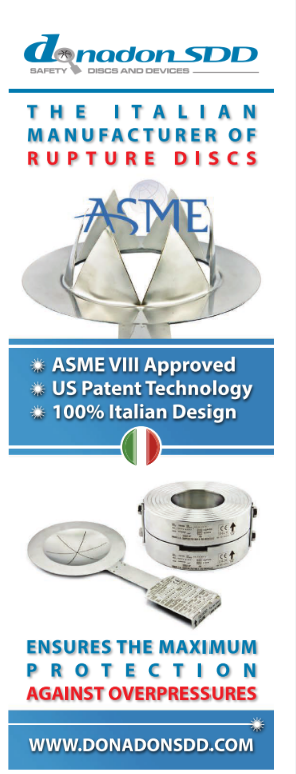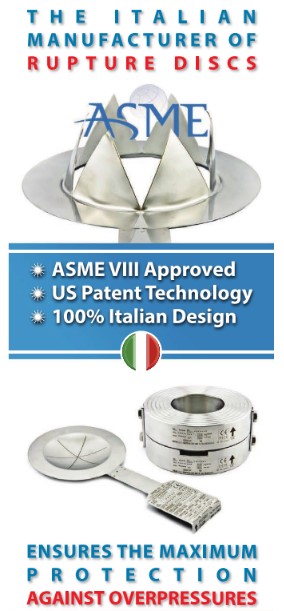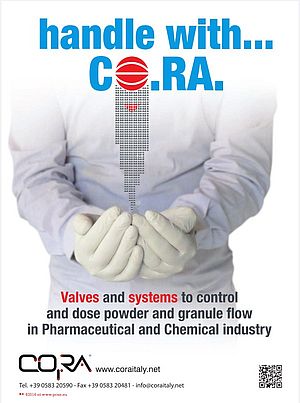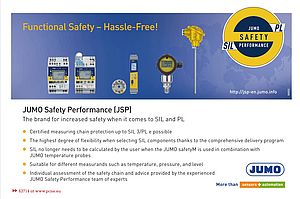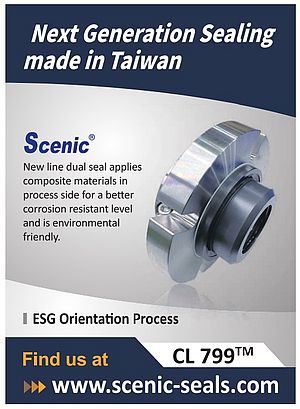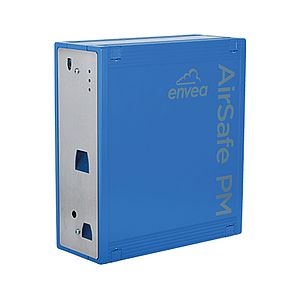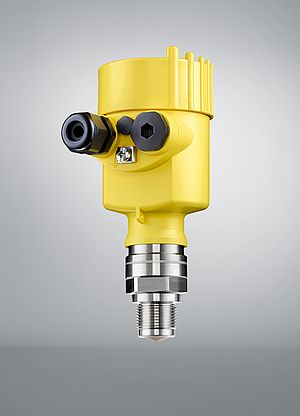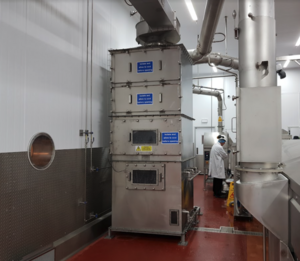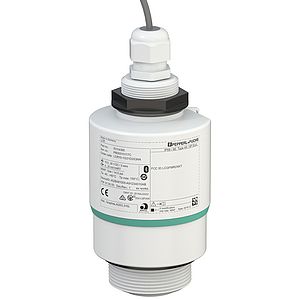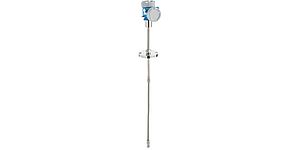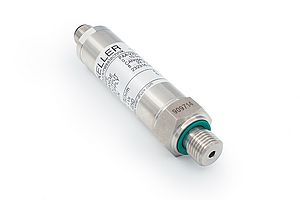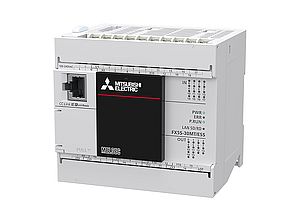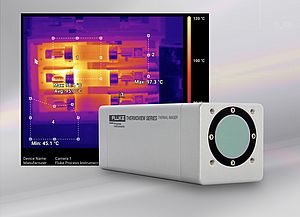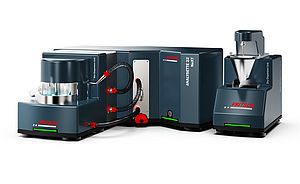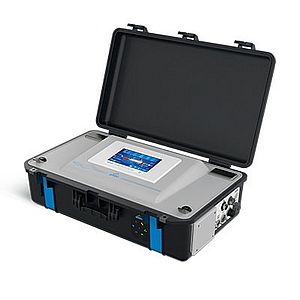Marking components so that each one can be tracked and traced is an important requirement for the digitalization of processes in the manufacturing industry. In metalworking industries, efforts in this area have previously failed because many metal components must be heated in individual process steps. Codes imprinted conventionally are destroyed when heated and can therefore no longer be read. Prof. Thomas Härtling, group manager for Optical Test Methods and Nanosensors, and his team at the Fraunhofer Institute for Ceramic Technologies and Systems IKTS have now developed an ink that can withstand temperatures of over 1,000 °C in the oven without being damaged. The Ceracode© ink consists of heat-resistant ceramic particles and a glass component. In the oven, the melting glass ensures that the marking is fixed to the metal and yet is still easy to read. For the first time, Ceracode© ink makes it possible to provide metal components — particularly those that are heated during production in the automotive industry — with a highly stable marking. To develop the technology, Fraunhofer researchers applied their many decades of expertise with ceramics and ceramic-based materials.
Heat-resistant ink for metal
Take the following application scenario: during a spot check in an automotive production plant, a worker discovers a defective metal component. Its geometry does not meet the specifications and the part has not been shaped correctly. The component has a marking, known as a data matrix code, which uniquely identifies it via a serial number. The worker can read out this code using a scanner. On the display, a database opens and shows all the parameters for the component’s manufacturing process, such as the temperature and dwell time in the oven, geometric data and press pressure. It is now easy to identify the problem: the press pressure was not high enough during a particular process step. With just a few clicks, the worker can view all the other components that were processed with the incorrect press pressure and that are therefore defective. These are then quickly discarded — if necessary, a robot can do this fully automatically. The time-consuming work of inspecting all the components that may have been affected and manually removing rejects is a thing of the past, and the production process can continue straight away.
The digitalization of process chains
The combination of Ceracode© ink and the standardized data matrix code that is in widespread use in the industry is providing new momentum for the digitalization of production processes in metalworking industries. “The quality of every component or workpiece can be recorded along the value chain at any time, and defects can be identified right at the start of production and rectified in a targeted manner. This doesn’t just save companies energy — it also means they aren’t wasting raw materials and are able to reduce their carbon emissions,” explains Härtling. Overall, this makes the production process significantly more efficient and cost-effective. The process data stored in the database also makes it easier to set up adaptive process chains. If a manufacturer knows which physical parameters were used to produce a product, the subsequent steps and processes can be adapted and optimized in a flexible manner.
Depending on the application scenario, the database can be filled with additional information as required. For example, data on power consumption and power source could be incorporated for each processing step and then used to calculate the greenhouse gas emissions for each component. “There are more and more manufacturers who are requesting features like these to enable them to run transparent and resource-efficient production processes,” explains Härtling.
The project is also the result of a successful collaboration. While the Fraunhofer IKTS team developed the ink and continues to work on optimizing it further, project partner Senodis Technologies GmbH from Dresden is responsible for programming the software and commercialization. Senodis Technologies is a spin-off of Fraunhofer IKTS and focuses on deploying the wide-ranging potential of the ceramic-based ink to bring about new applications for industrial customers and press ahead with the digitalization of their value chains. It primarily targets customers from the metal, automotive and ceramics sectors.
Forgery-proof with Ceracode©
The system of heat-resistant ink and data matrix code has reached maturity and is already available on the market through project partner Senodis Technologies GmbH. Manufacturing companies can install the system and put it into operation with ease — even the process of retrofitting existing machinery poses no problem. The data matrix printers used as well as the scanners are compatible with existing industry standards.
In addition, the ink technology can be extensively adapted to the customer’s needs and application. One example is the protection of products against forgeries. “To do this, we add special pigments to the formula of the ceramic-based inks so that they are illuminated in a defined color under UV light. This is an interesting option for industrial customers who purchase parts consisting of particularly expensive metal alloys or components for safety-related systems,” explains Fraunhofer researcher Härtling.















